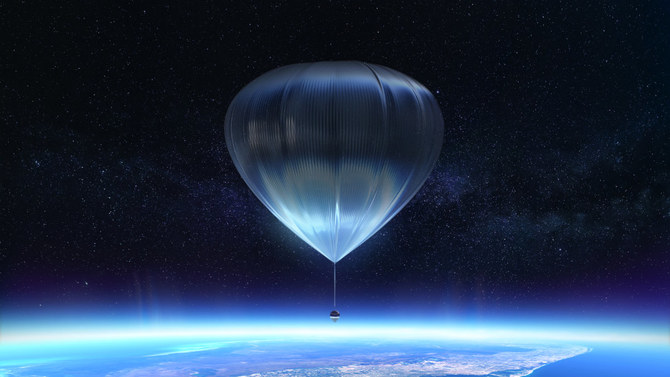JEDDAH: “Space: The final frontier,” are words many Star Trek fans worldwide know by heart. Though humanity is not yet in the year 2265, it’s an exciting time for the space industry as breakthrough aerospace discoveries are being made, a booming space economy is being established, and mankind is off on its next big adventure: outer space.
Humans have come a long way since the Sputnik satellite’s orbit around the Earth in 1957. Space exploration is reaching new heights today, exploring tourism ventures, private investment, and finding solutions to our Earthly problems through scientific experiments.
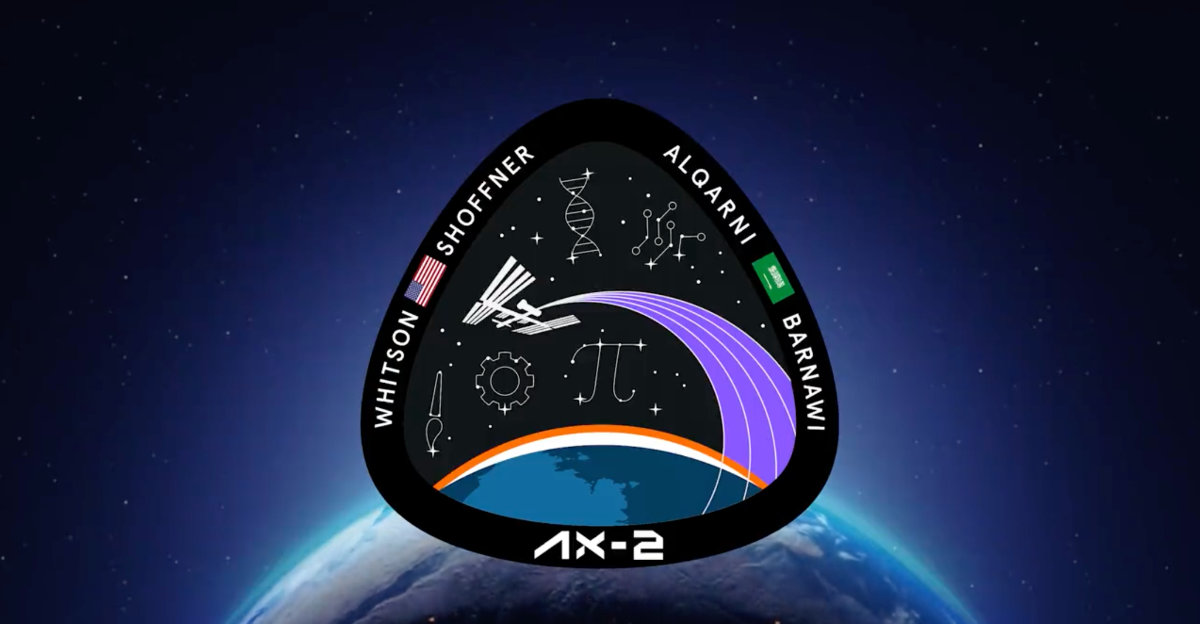
Axiom-2 mission patch. (Supplied)
With time and two superpowers’ unprecedented successes and failures, the US-Soviet space race dominated space exploration and planted a seed, or flag, for other nations to follow. After joining forces, the two superpowers built the largest structure in space, the International Space Station, but more recently they have been giving way to new players.
Now, 77 government space agencies with more than 600 astronauts, cosmonauts and taikonauts have made it beyond Earth’s orbit, with two more Saudi astronauts due to head into space on May 8.
Saudi astronaut and scientist Rayyanah Barnawi and mission specialist Ali Alqarni, graduates of the Kingdom’s inaugural national astronaut program, will join Peggy Whitson and John P. Shoffner on the SpaceX Falcon 9 Rocket aboard a Dragon spacecraft as part of the Axiom Mission 2 (Ax-2) to the ISS.
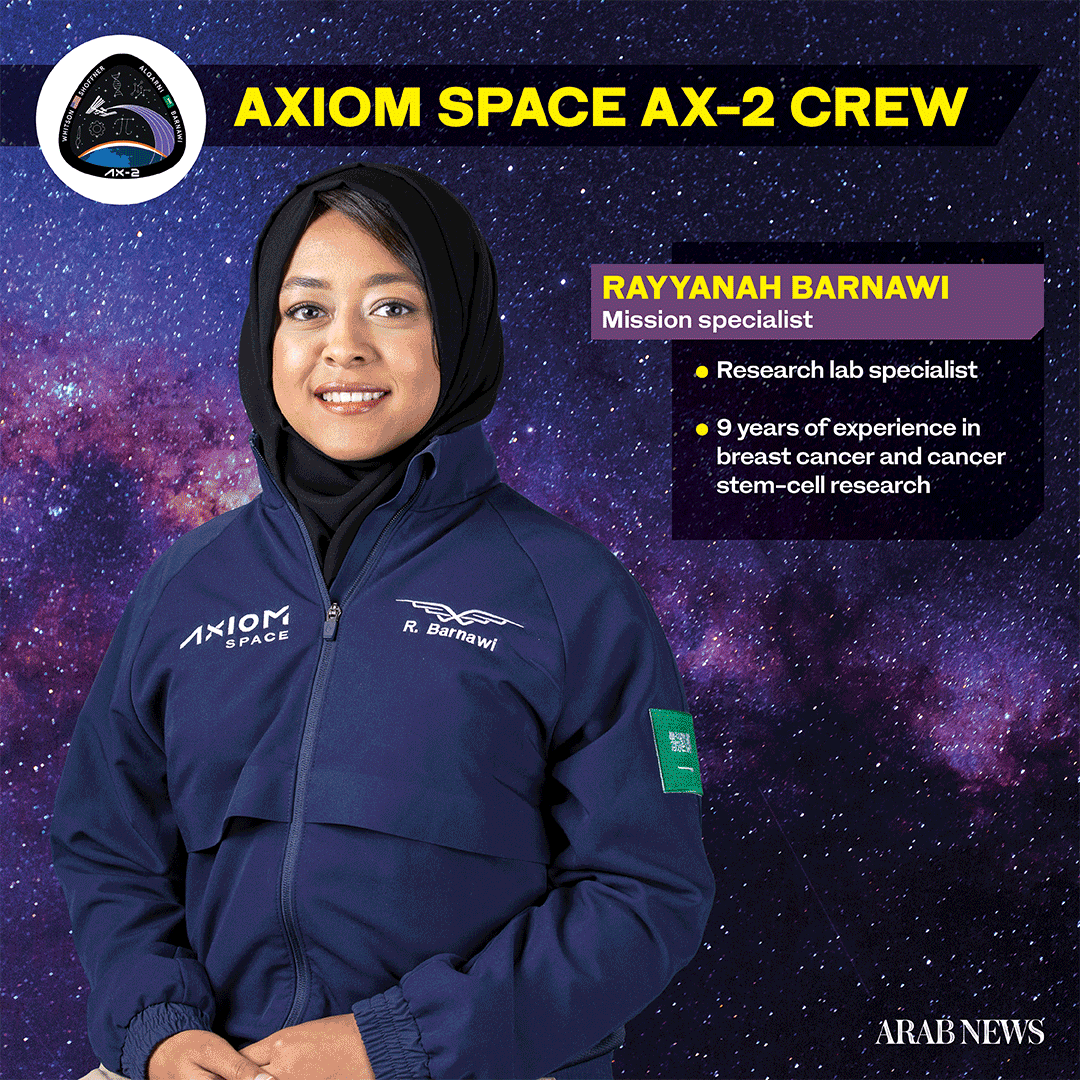
The four astronauts
On Thursday, Axiom Space, a leading provider of human spaceflight services to the ISS and a developer of human-rated space infrastructure, hosted a virtual press conference on the upcoming mission, with leaders from NASA, SpaceX, and the Saudi Space Commission.
“On this mission, the most important thing we can do for the (Saudi) human spaceflight program is microgravity research and STEM outreach. From our side on the Saudi Space Commission, we are investigating 11 groundbreaking microgravity experiments. And we are also capitalizing on this opportunity to have an outreach with three experiments,” Mishaal Ashemimry, microgravity research lead at the Saudi Space Commission, said during the conference.
“The three experiments are meant to engage over 12,000 students across 47 different locations in Saudi Arabia, the goal of which is to have them participate in this mission, as well as enlighten them and plant the seed of curiosity in every child across Saudi Arabia, hopefully becoming future astronauts and future scientists that can enable us to do missions to the Moon and eventually Mars,” she added.
To prepare themselves for the rigors of their 37-hour spaceflight, the crew members who have not undergone the rigors of NASA training train specifically for the upcoming mission.
“The training that NASA astronauts receive starts with basic training, where they learn quite a bit about astronomics and other similar courses,” Axiom Space CEO and president Michael Suffredini told Arab News during the conference.
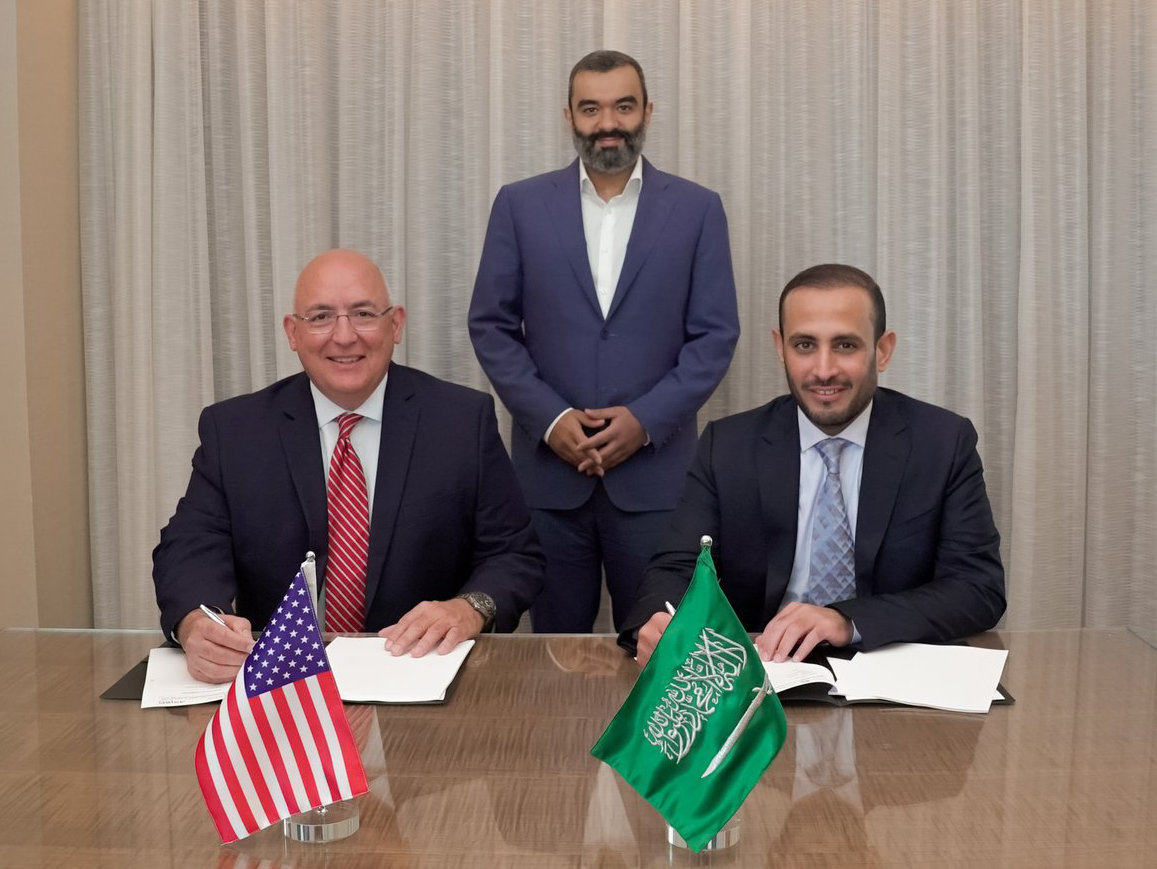
Signing of the partnership deal between Axiom Space and the Saudi Space Commission to send the first female Saudi astronaut to space. In the picture are Michael T. Suffredini (left), president & CEO of Axiom Space; Abdullah bin Amer Alswaha (center), Saudi Minister of Communications and Information Technology; and Dr. Saudi Al-Tamimi, governor of the Saudi Communication, Space and Technology Commission and Acting CEO for Saudi Space Commission. (Supplied)
He added that NASA astronauts also train extensively on ISS systems and other systems required on the station.
“Our astronauts trained for these particular missions are trained very specifically for the things they're going to do in orbit and the systems they’ll utilize,” Suffredini said.
“The reason why we brought in a professional astronaut, like Peggy in this case, (is that) they’re the ones that have to help them when they come across things that they’re not comfortable with or not sure about. Instead, we’re able to let the private astronauts train a little differently and focus on their mission, because we have a professional astronaut flying with them.”
ALSO READ: When a Saudi went to space
Sharing that sentiment, Ashemimry added: “Our astronauts train specifically for this mission and then for longer-duration missions. So, depending on the mission itself, and the opportunity, we train the astronauts for whatever they’re planning to do for that mission.
“So, to all of us, they are still astronauts, and they’re going to be doing their job and they’re going to fulfill the duties for this mission.”
The Ax-2 mission will be the first private space mission to include both private-sector astronauts and astronauts representing foreign governments. It is also the first private mission commanded by a woman.
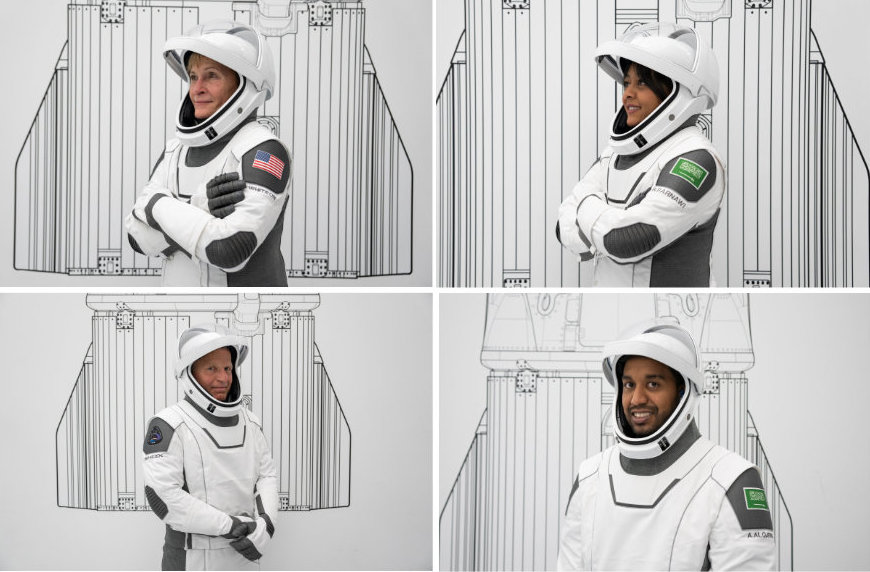
Official photos of the Axiom Mission 2 (AX-2) crew (clockwise, from top left): Peggy Wilson, Ax-2 commander; Rayyanah Barnawi, mission specialist; Ali Al-Qarni, mission specialist; and John P. Shoffner, Ax-2 pilot. (Supplied)
Once docked, the Axiom Space astronauts will spend 12 days aboard the ISS, carrying out an entire mission consisting of science, outreach and commercial activities.
Over the past few decades, scientists have invented numerous remarkable technologies aboard the ISS, many of which led to technological and scientific discoveries with significant impact on life on Earth.
Barnawi and Alqarni will conduct 14 experiments, including six studies focused on developing future therapeutic applications, four experiments studying immune dysfunction in tumor organoid models that can help to predict and prevent cancer, three on understanding how commercial spaceflight crew members adapt to microgravity, and one exploring cloud seeding in microgravity.
Space flight is now a venerable industry. As government agencies prioritize the moon, others are finding opportunities in commercial space flight. It is estimated that more than 10,000 firms and approximately 5,000 investors are involved in the space industry. Morgan Stanley estimates that the global space industry could generate revenue of more than $1 trillion in 2040, up from the current $350 billion.
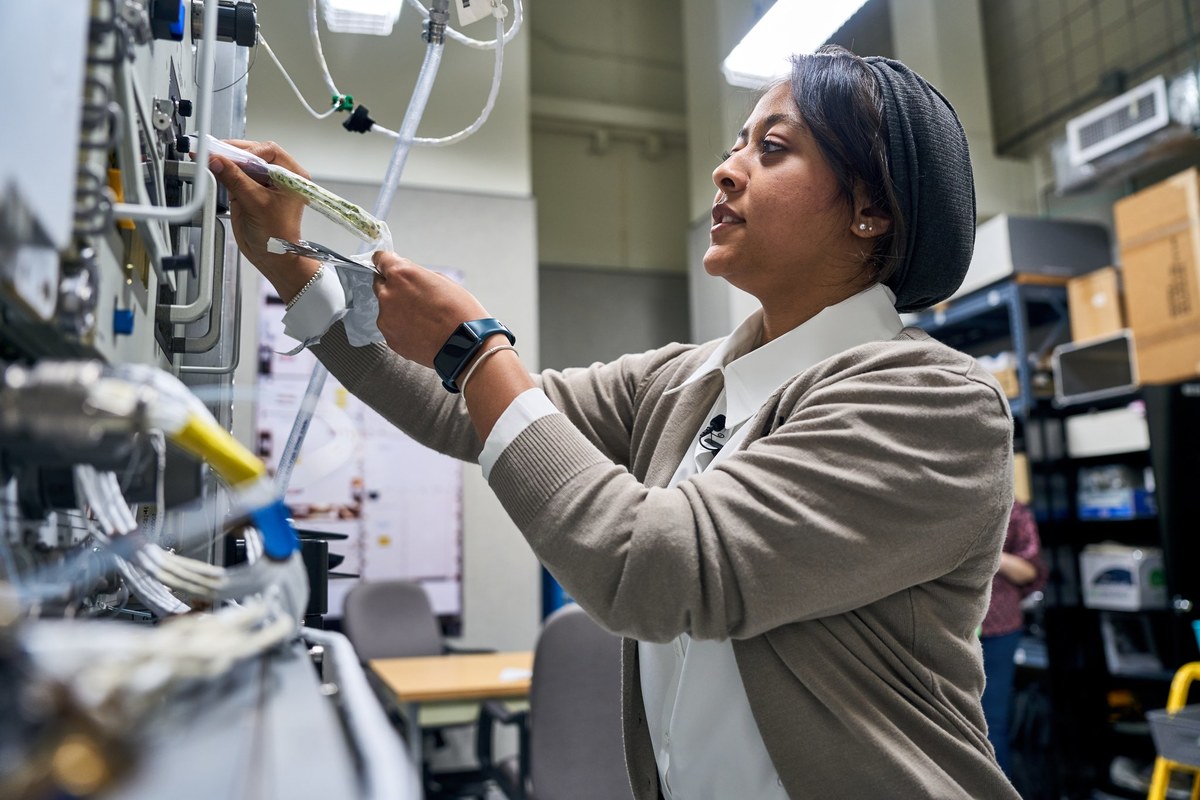
Rayyanah Barnawi training to use specialized methods and equipment for preparing food in space. (Supplied)
What is coming next is truly the next frontier. Space tourism, a niche segment of the space economy and industry, has been operating for more than a decade, offering suborbital space flights. Companies such as SpaceX, Blue Origin and Virgin Galactic offer travelers a seat at a cost of tens of millions of dollars. Now, other companies are offering cheaper options to participate in similar spectacular experiences that are just as worthy as their more expensive counterparts.
Many experts believe we are experiencing a “space renaissance,” as technological solutions over the past decade have significantly reduced costs, allowing companies to think outside the box and offer cross-sector collaborations.
Lower costs have opened the door to start-ups while encouraging established aerospace companies to explore novel opportunities that once seemed too expensive or complicated.
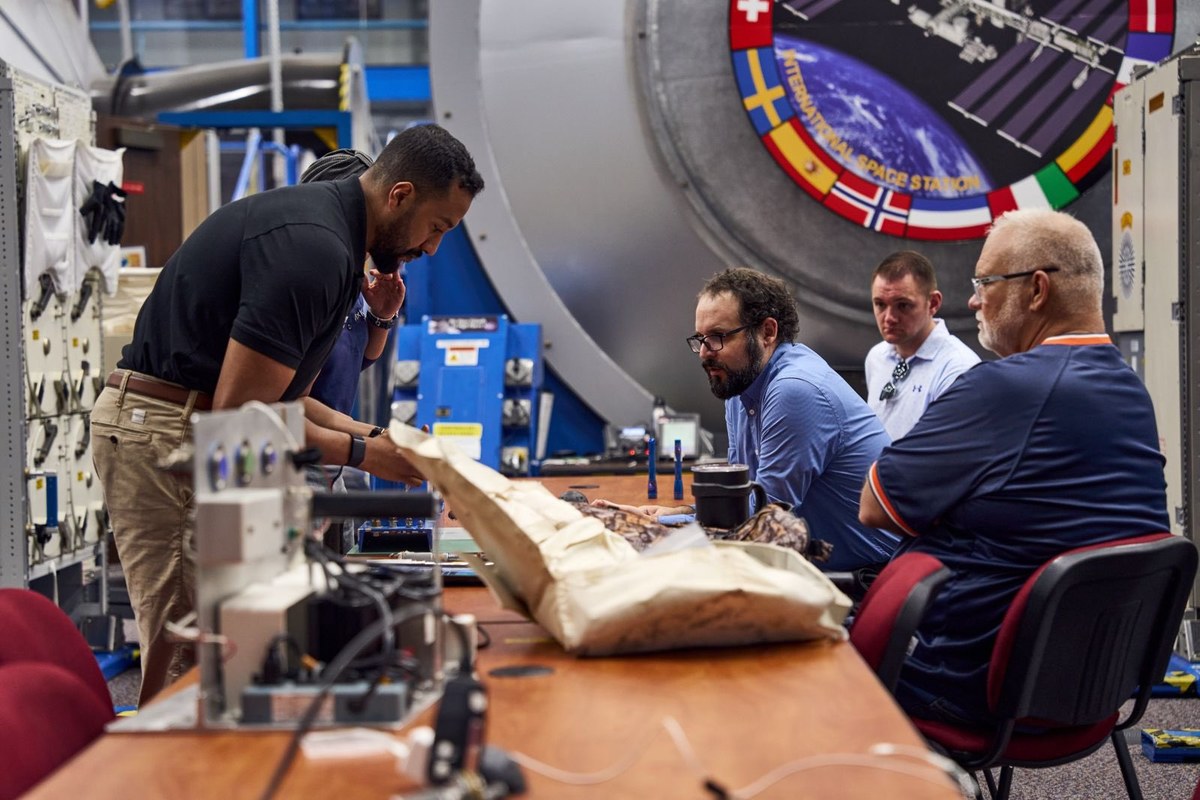
Ali Alqarni (left) training for the mission. (Supplied)
But why go to space at all? One could argue that a virtual reality headset can offer similar views to those experienced by an astronaut.
“There are a number of reasons and, essentially, the core of our business is that we’re taking people to space to have that quintessential astronaut experience of seeing a planet in that context,” Jane Poynter, founder and co-CEO of space tourism company Space Perspective, told Arab News.
“Now they see the thin blue line of our atmosphere, they see the planet in the context of this incredible black void of space. When put in that context, that makes astronauts deeply connected with our planet, humanity and inhabitants.
“They come back and get involved in various environmental and social causes. That’s one way we’re going to address global challenges; we need to view them in a global context. That’s what space flight does for us.”
Space Perspective announced plans last June to take tourists up to the stratosphere aboard a balloon-borne pressurized capsule called Spaceship Neptune. Poynter told Arab News that the company is “an experience company” committed to providing access to space in mere hours, reaching an altitude of 100,000 feet using a hydrogen balloon.
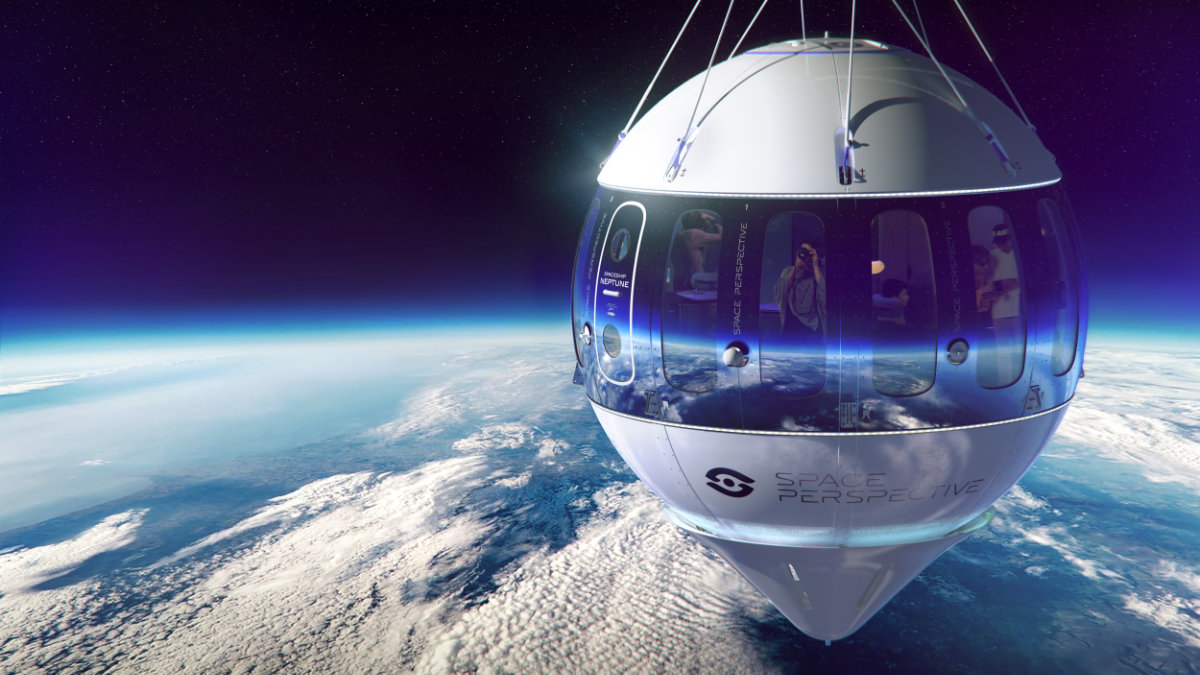
Space Perspective's Spaceship Neptune capsule, the world's first carbon-neutral space craft. (Supplied)
The need for sustainability in space exploration and the exploitation of space is becoming more evident with the growing desire for the expansion of human activities beyond Earth’s orbit, which is being pursued by the public and private sectors alike.
What was once one of the biggest impediments to progress in space flights was the lack of deployable technologies enabling outposts to be established. Now, Space Perspective is manufacturing the world’s only carbon neutral spaceship dubbed Spaceship Neptune, at their facility located at the NASA Shuttle Landing Facility at the Kennedy Space Center.
“Right now, we’ve only seen around 650 people go to space,” said Poynter. “In just a couple of years, we’re going to start seeing thousands of people, many of whom never thought they were going to be able to go to space.”
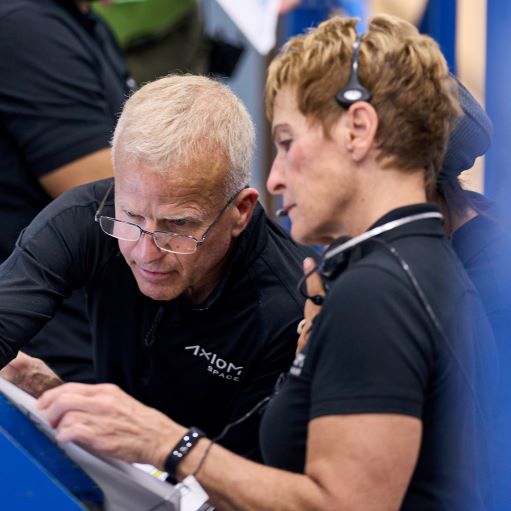
Axiom Mission 2 pilot John P. Shoffner and mission commander Peggy Wilson reviewing their mission plan ahead of take-off. (Axiom photo)
She added that the company plans to expand operations at departure sites and has begun accepting bookings for 2025.
Poynter also noted that many people are curious about the possibility of traveling to space, a place she said many think is “out there and for others to pursue when, in fact, it’s attainable,” though there are challenges to overcome in scaling up operations.
She said: “Having thousands of people going to space is difficult to figure out, if they’re going to the International Space Station or one of the other stations being built.
“There are lots of business plans that are relying on at least hundreds of people, and we’re taking this from the mission to space for the few to the journey to space for the many.”






